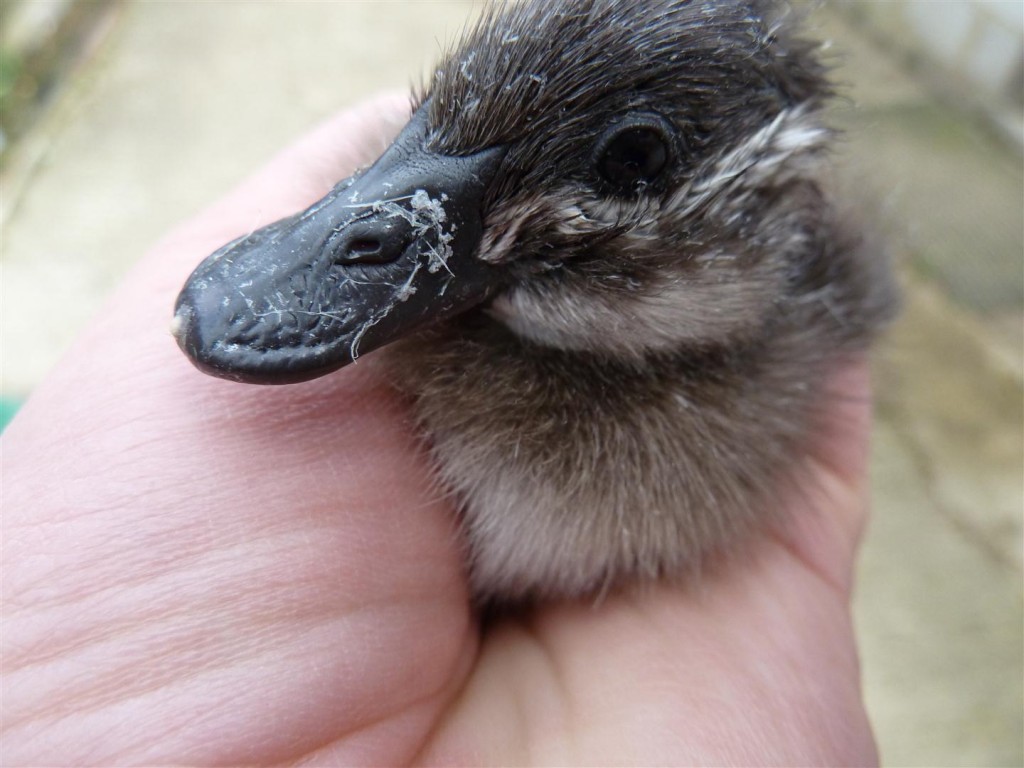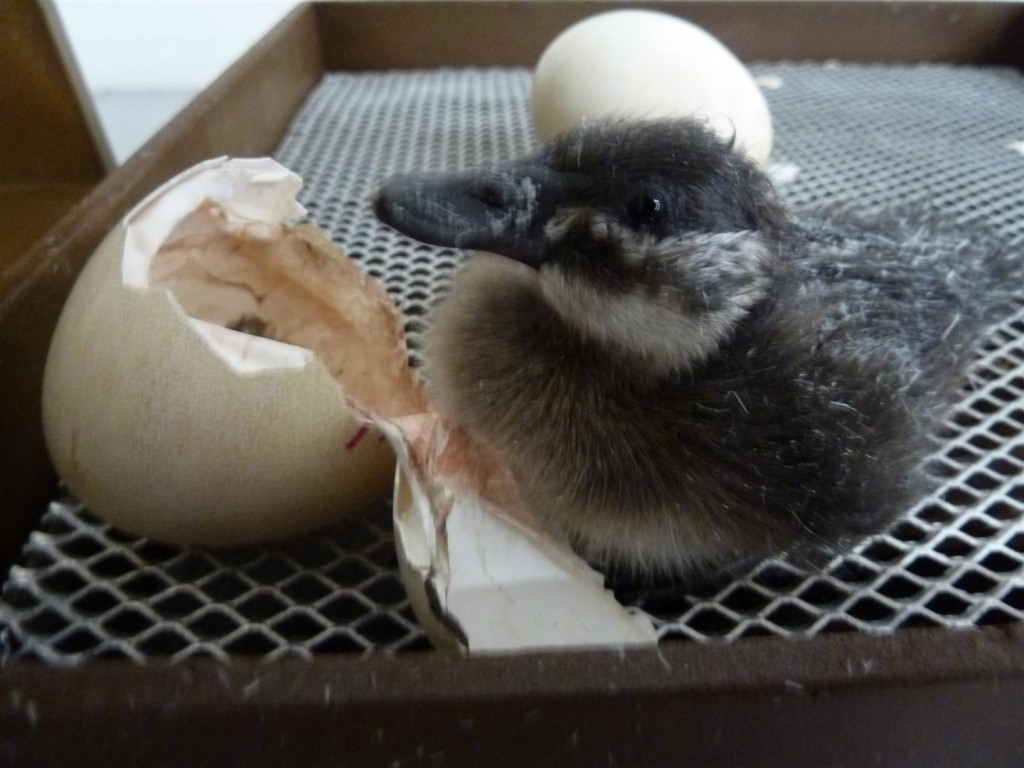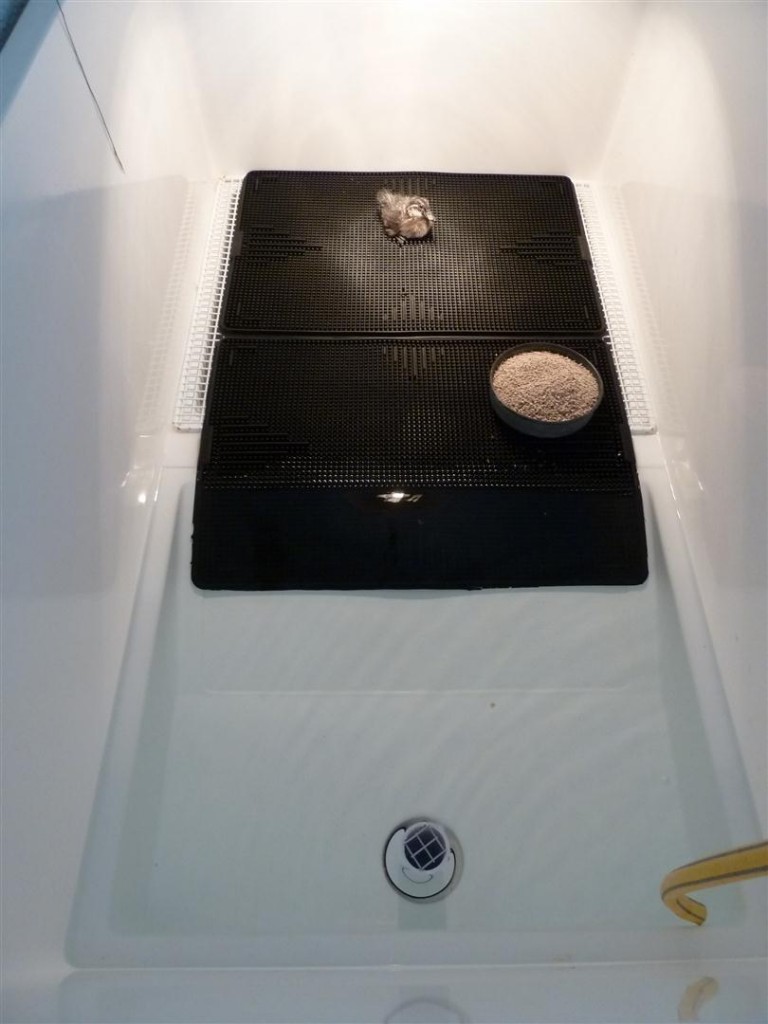Argentine Ruddy ducks hatch and thrive.
Looking absolutely gorgeous, these Argentine ruddy ducks (3) have been a welcome early addition to the Duckery numbers this season.
Hatching, or almost exploding from their eggs in a flurry of eggshell, these stonking little stifftails are the smallest, feistiest, and my absolute favourites. They are distinct from all other stifftails even at this tender age of 2 hours old, with the flat nostrils and gentle sloping beak and their flat-topped almost square scalp and blushed under-eye stripe. You can get your eye in on these species if you are good at the finer details.
Hatching is not too hard for stifftails. Although their shells are very thick, they have a high porosity and very strong blunt beaks. The first photo shows their prominent milk tooth. Rather than pipping round to make a traditional cap through which to get out, stifftail tend to sort of just smash their way out! Doesn't it look proud!
In the wild these remarkable birds would stay beneath their mother for 24-36 hours, drying off after hatch and absorbing the yolk sack retained within their bodies for their first meal. After this time has elapsed however, hunger becomes an important factor. Mum leads them off the nest and straight onto water. You might worry for their safety, but their mother makes no effort to feed them. From 2 days of age these remarkable ducklings can dive down to depths of several metres to feed themselves!
In our captive setups, we know the value of providing a stifftail duckling with water. We give them a toasty 250 watt bulb suspended above a black car mat which acts as a radiating hot water bottle and helps to wick away any excess moisture from the ducklings' bodies. At the bottom end of the coop is a shallow pool. This picture shows a setup not quite finished, as the key to teaching them to feed depends on the positioning of the bowl. This is sunk into the water on a platform, so that there is a mere 2mm distance from the water level to the food. We want to give them no excuse not to be able to reach it! The most common way to lose stifftail in early rearing environments is to alienate them from their foodstuffs by not attending to what they do best; dive! These ducklings will always feed from the water's edge, never from the land.
As I left them on Saturday evening, the 3 Argies were starting to get rather large! As they get bigger, they start to kick the food bowl into the water and cause a whole heap of mess. As such I have started the inexorable 'bowl rise', where every feed the bowl is moved out of the water a mm at a time. With any luck, as they follow the bowl up the mat, they will be ready to graduate to the next stage of their rearing process before it reaches dry land!




